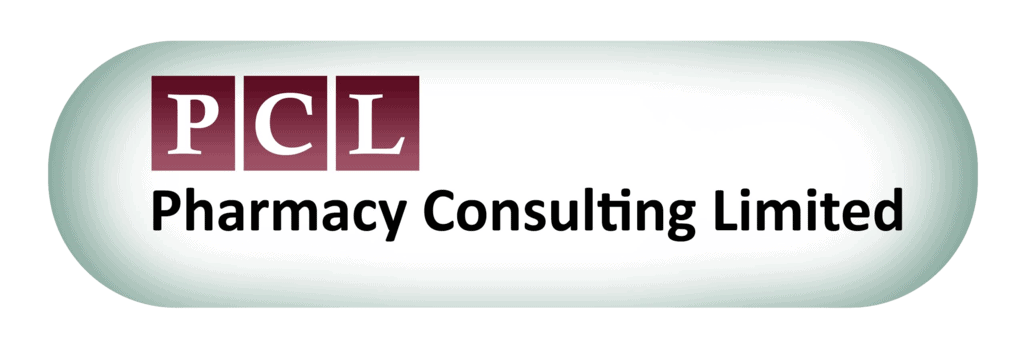It is common in today’s rapidly evolving pharmaceutical sector that companies need to outsource key activities. This can be for several reasons including specialist expertise, specialist storage facilities, capacity of both facilities and people, cost to your organisation and time.
As described in EU GDP 2013/C 343/01 Chapter 7 “Any activity covered by the GDP guide that is outsourced should be correctly defined, agreed and controlled in order to avoid misunderstandings which could affect the integrity of the product. There must be a written contract between the contract giver and the contract acceptor which clearly establishes the duties of each party.”
Different organisations may define these written contracts in different terms but the most common tend to be ‘Quality Agreements’ or ‘Quality Technical Agreements’.
So, what considerations should you apply when writing or reviewing a Quality Agreement for GDP activities?
Hints and Tips
1. Intercompany agreements. If you are subcontracting to another legal entity within your organisation (that sits outside of your WDA or has their own), you will still need a written contract between each legal entity.
e.g. Company X bought Company Y. Both companies still have their own WDA license with their regulatory authority.
Company X has a new warehouse with spare capacity.
Company Y’s existing warehouse is smaller and at capacity.
Company Y wishes to store stock at Company X’s warehouse.
A Quality Agreement will be needed between Company Y (Contract Giver) and Company X (Contract Acceptor) for subcontracted storage.
2. Data Integrity. The final agreement should follow the rules of EU GDP 2013/C 343/01 Chapter 4
a. Signed and dated by each RP (and the license holder, if required)Retained within the QMS with other controlled documents and retrievable.Version controlled and uniquely identified by title or IDKeep up to date
b. Removed from circulation when superseded
c. Clear roles. Ensure that the document states somewhere who is the Contract Giver and who is the Contract Acceptor as each have a specific role as described in the MHRA Green Guide 2022.
d. Applicable clauses and regulatory obligations. Although in many cases the Contract Giver will often use their template for quality agreements, many companies will have their own internal quality agreement template within their QMS. Whether you are the Contract Giver or the Contract Acceptor, using another party’s template is accepted provided the template is suitable for the services provided and the needs of each party.
e. Multiple sites. Ensure you are clear which sites and/or WDA license are being used. Larger WDA companies may have multiple addresses/sites listed under their WDA so both parties should ensure they are aware which sites may be specifically used for the services described and include all applicable sites within the Quality Agreement.
f. Clarity of responsibilities. Ensure that each clause or requirement is, where possible, specific to one party or another. E.g. Who is specifically responsible an activity? What timelines are expected for a specific activity? Upon detection of an issue or notification, who should be contacted?
g. Communication routes. The Contract Giver should ensure they check what incidents/events/deviations they will be notified of, require approval of, or will only review during audits. Be clear in your expectations.
3. Ongoing compliance. The MHRA blog entitled ‘GMP & GDP Certificates’ confirmed that GDP certificates will not be extended beyond 2024 therefore many companies in the UK, may not be able to provide in-date GDP certificates as part of their bona fides.
4. Applicable clauses and regulatory obligations. Although in many cases the Contract Giver will often use their template for quality agreements, many companies will have their own internal quality agreement template within their QMS. Whether you are the Contract Giver or the Contract Acceptor, using another party’s template is accepted provided the template is suitable for the services provided and the needs of each party.
5. Multiple sites. Ensure you are clear which sites and/or WDA license are being used. Larger WDA companies may have multiple addresses/sites listed under their WDA so both parties should ensure they are aware which sites may be specifically used for the services described and include all applicable sites within the Quality Agreement.
6. Clarity of responsibilities. Ensure that each clause or requirement is, where possible, specific to one party or another. E.g. Who is specifically responsible an activity? What timelines are expected for a specific activity? Upon detection of an issue or notification, who should be contacted?
7. Communication routes. The Contract Giver should ensure they check what incidents/events/deviations they will be notified of, require approval of, or will only review during audits. Be clear in your expectations.
8. Ongoing compliance. The MHRA blog entitled ‘GMP & GDP Certificates’ confirmed that GDP certificates will not be extended beyond 2024 therefore many companies in the UK, may not be able to provide in-date GDP certificates as part of their bona fides.
https://mhrainspectorate.blog.gov.uk/2025/05/16/gmp-gdp-certificates/ “…organisations should seek their own assurances of the GDP compliance of sites when undertaking their due diligence and consider the reliability of the certificate in their assessments”.
Therefore companies should review their Quality Agreements to ensure they clearly define the requirements for re-qualification activities (e.g. audits, questionnaires) or other due diligence activities that may need to mutual engagement and support.
